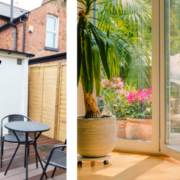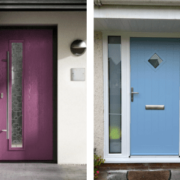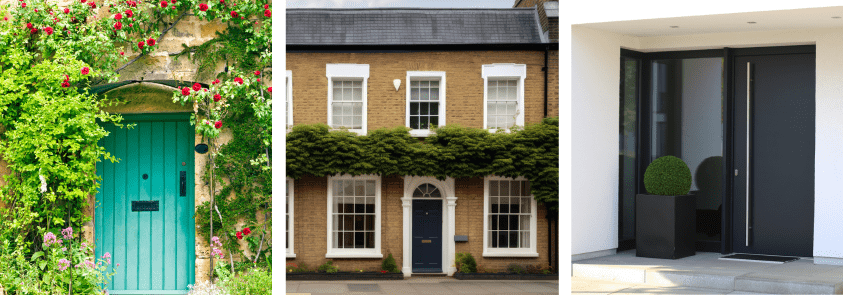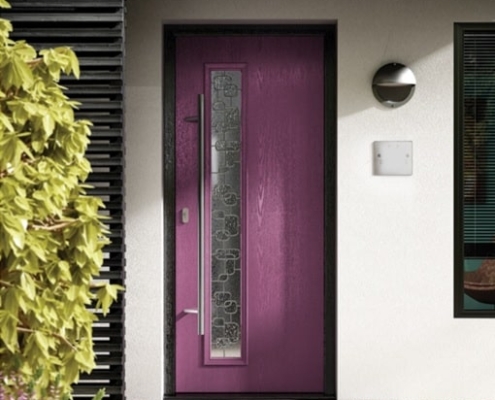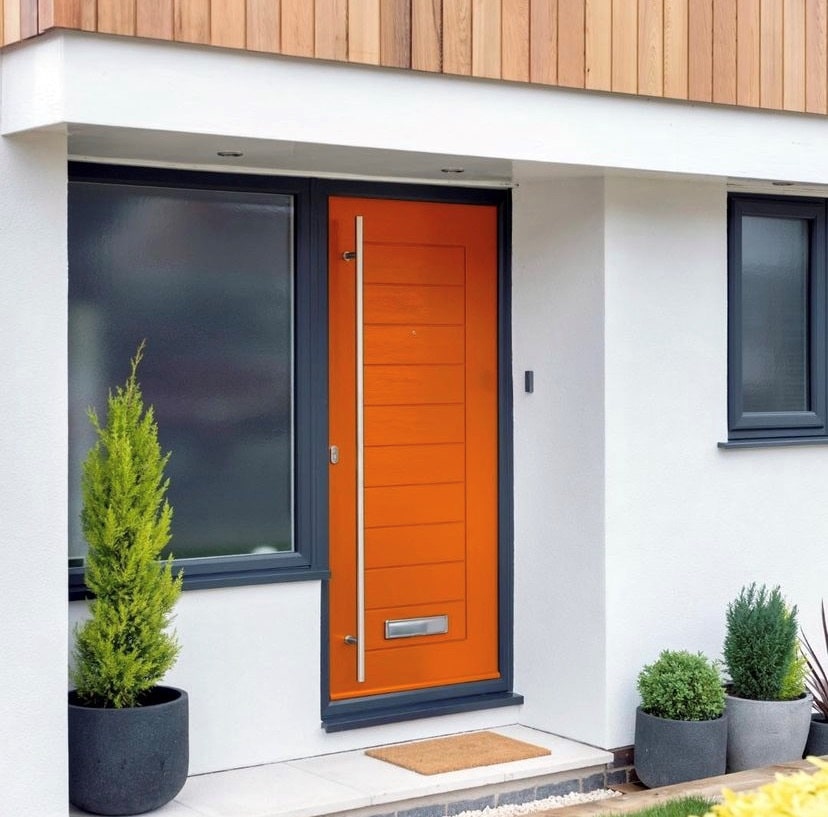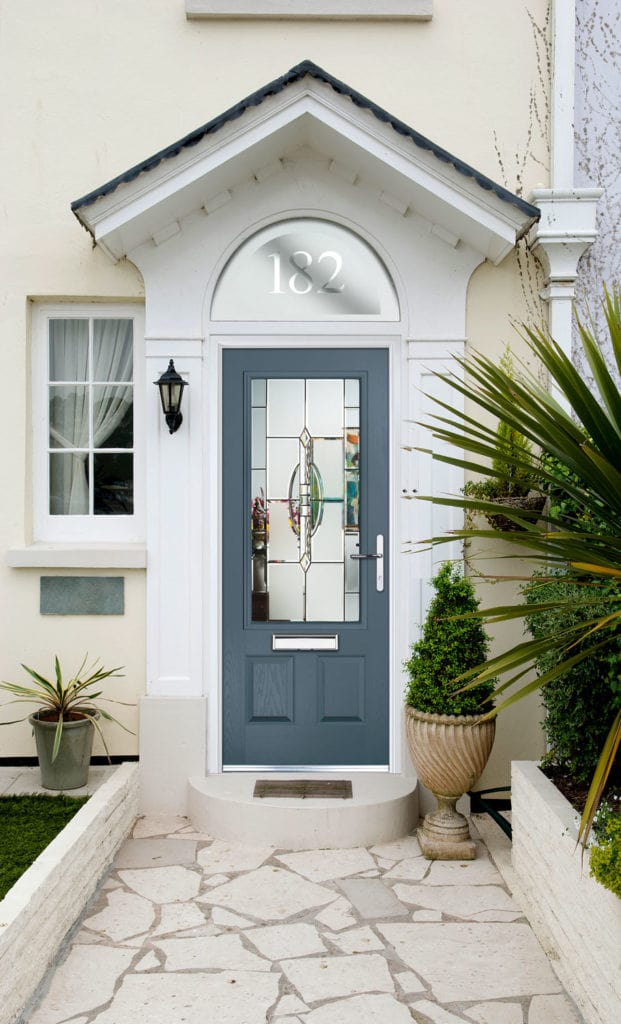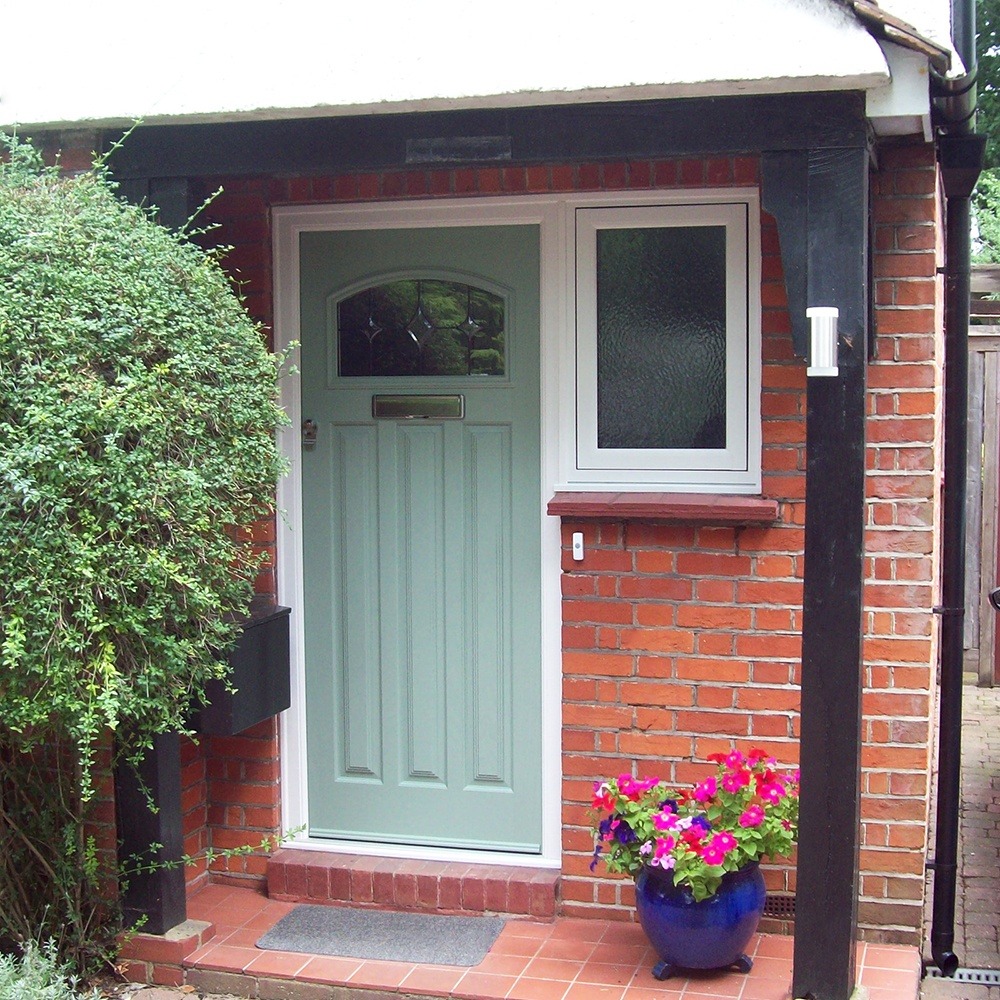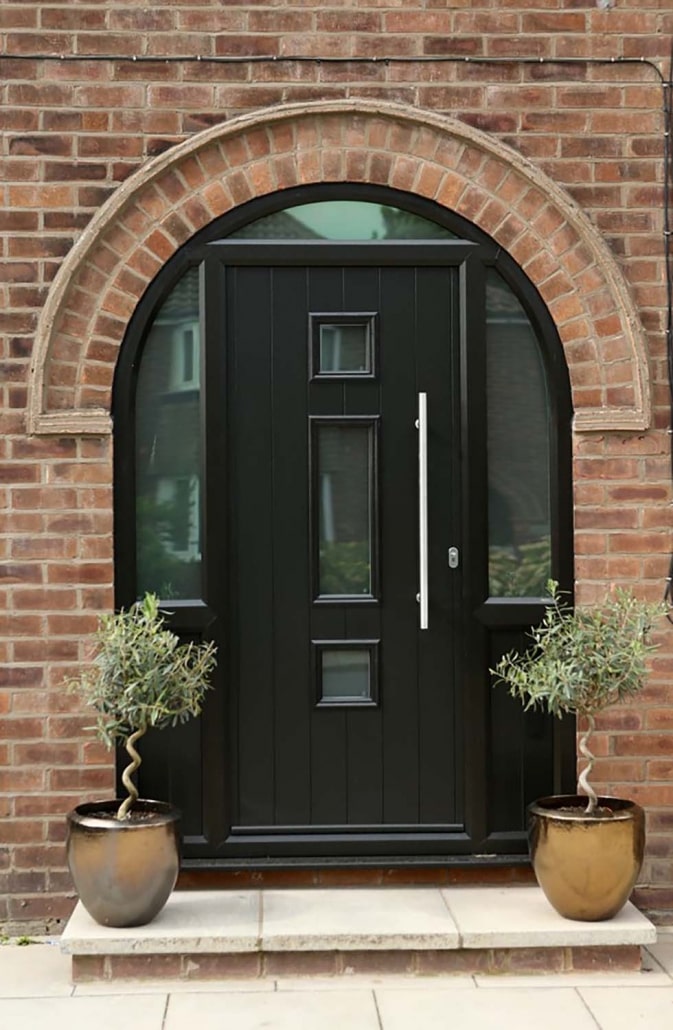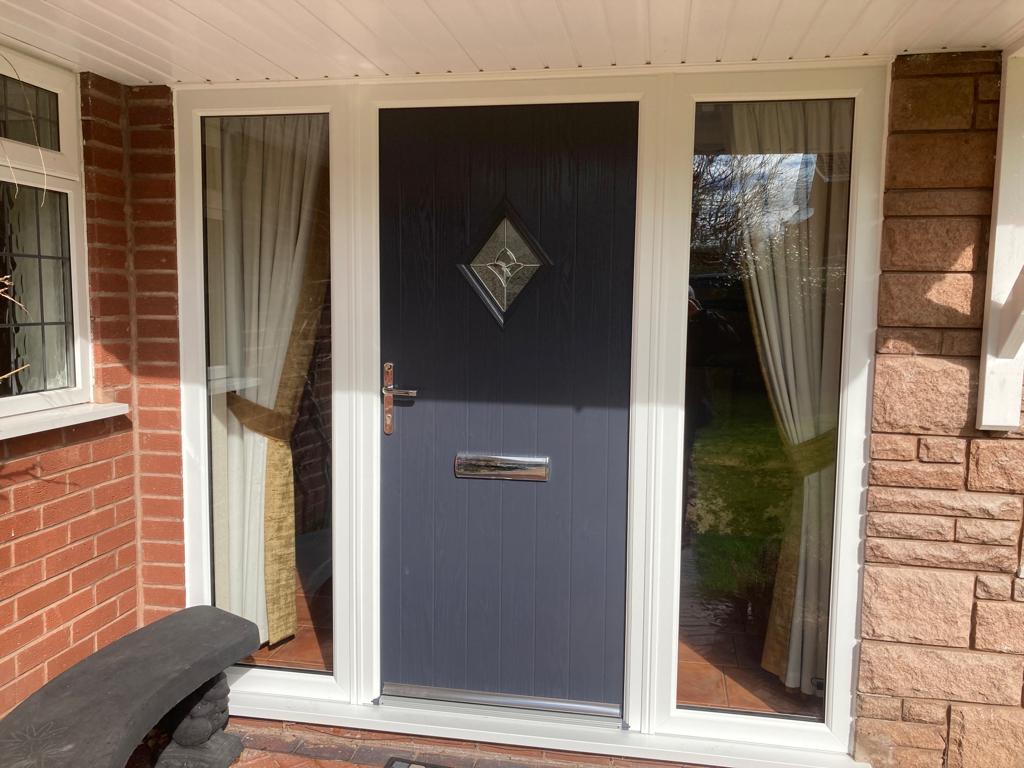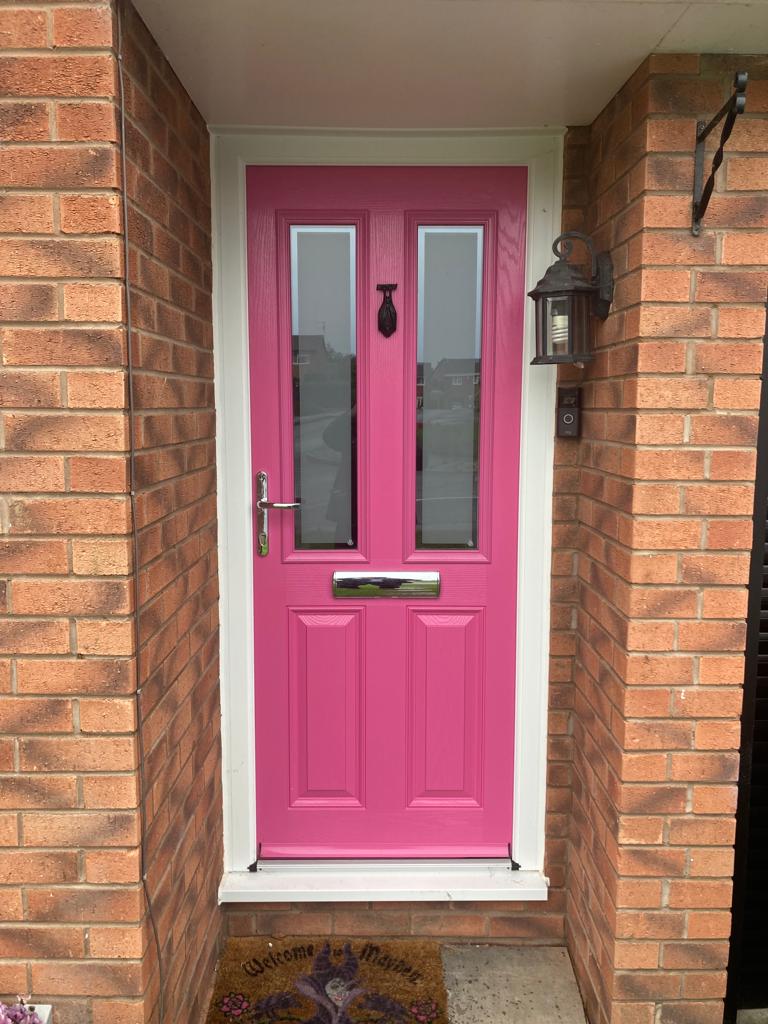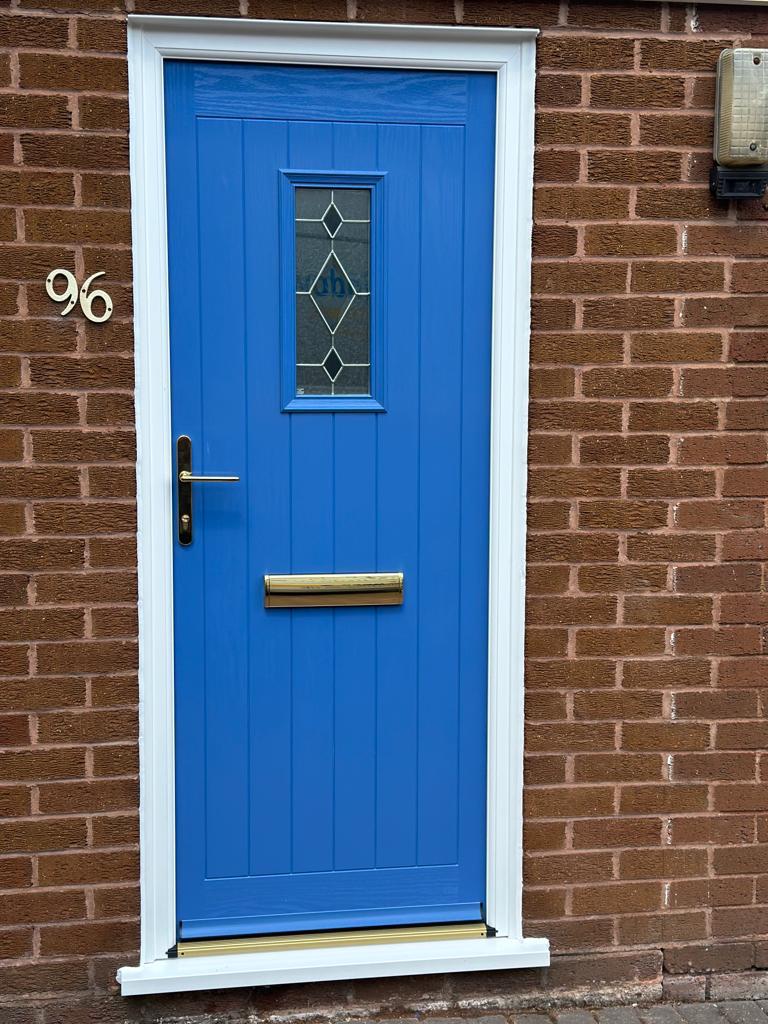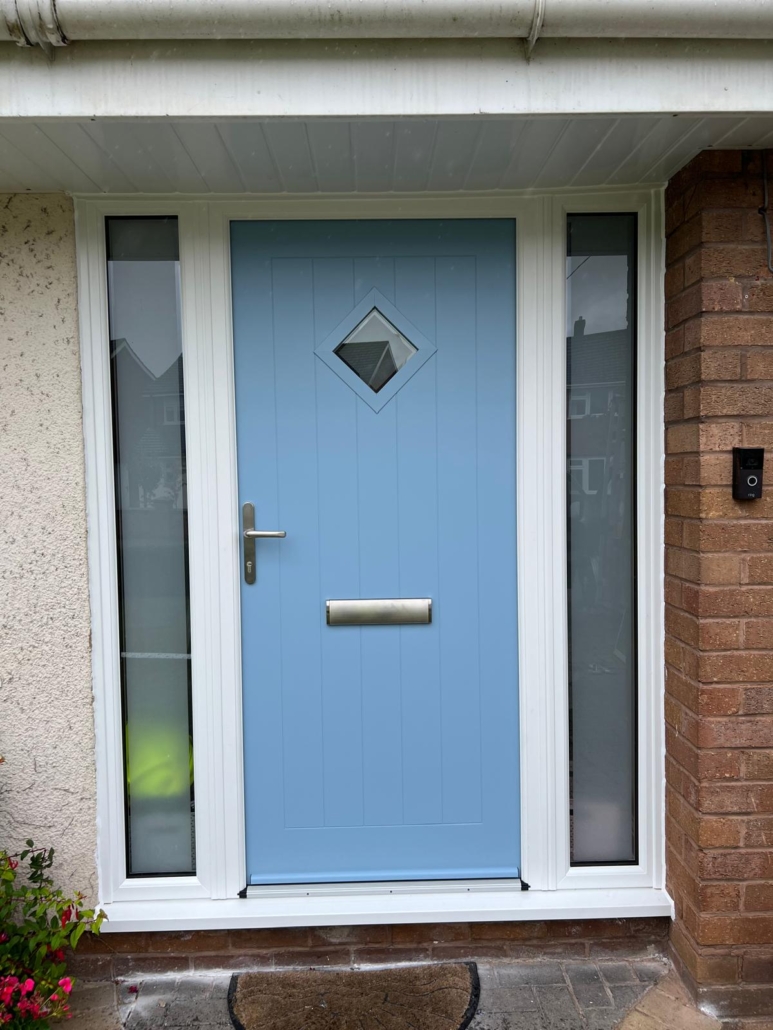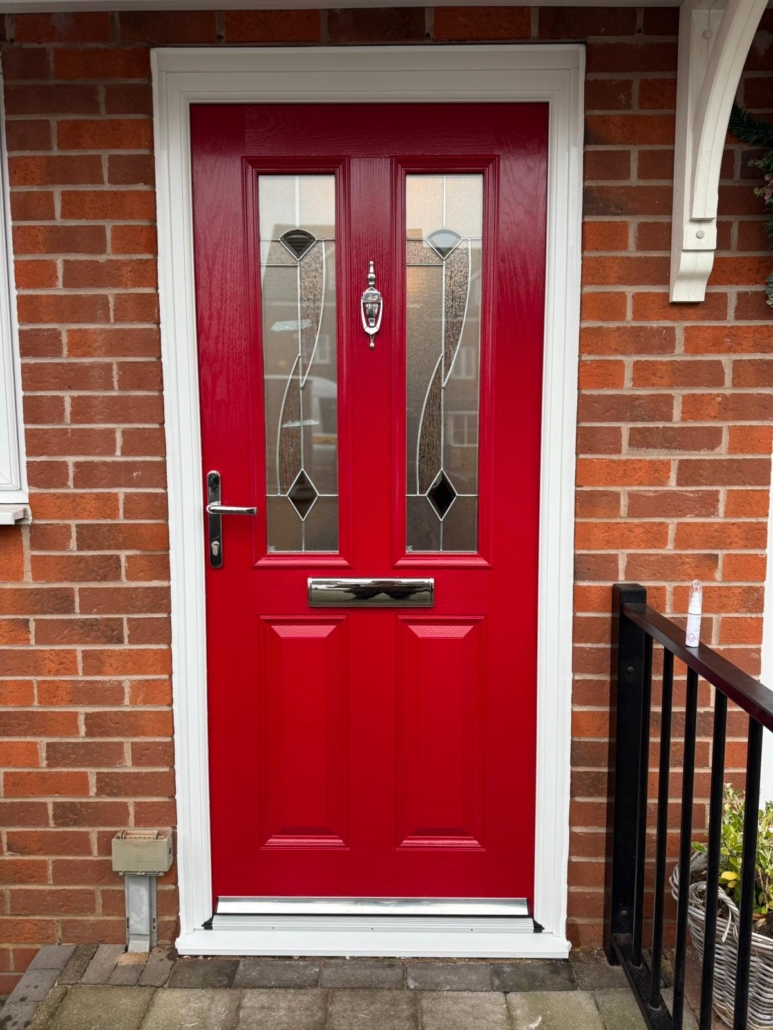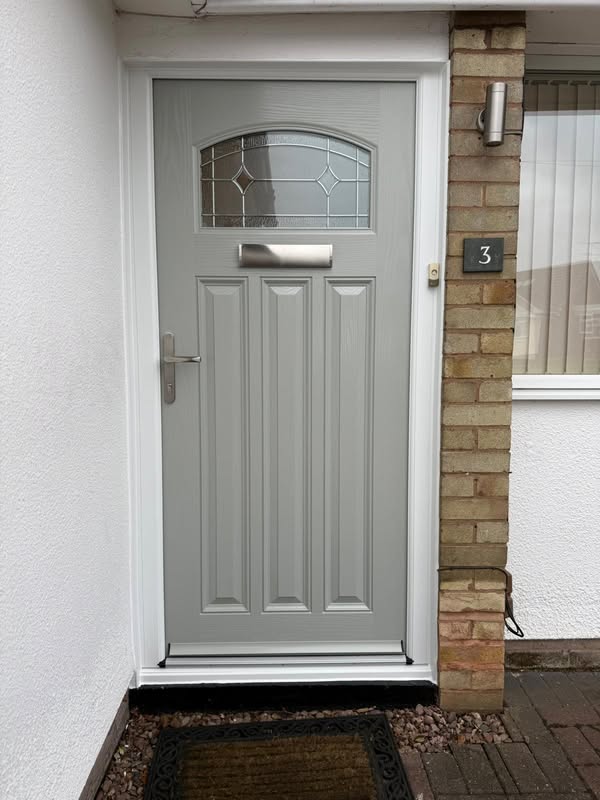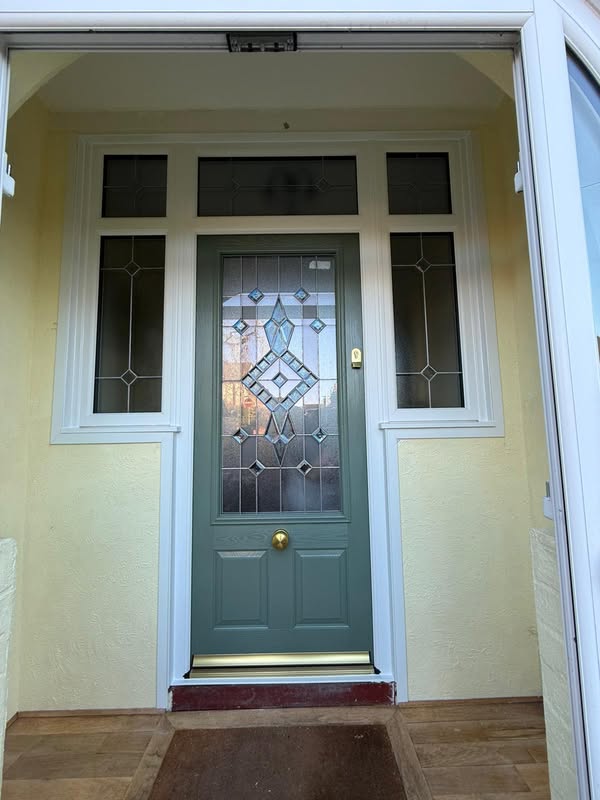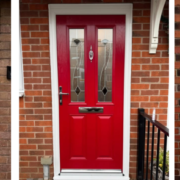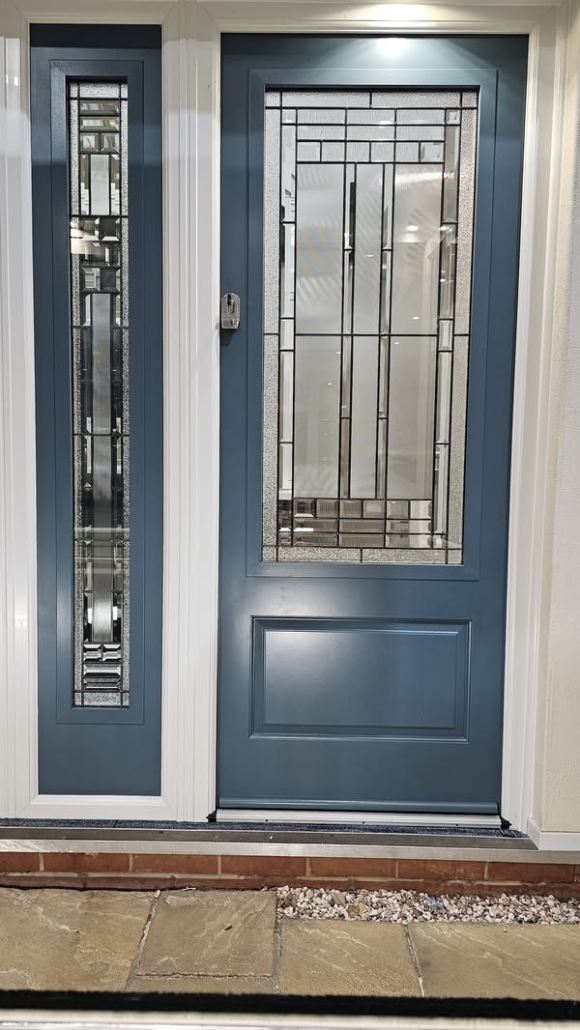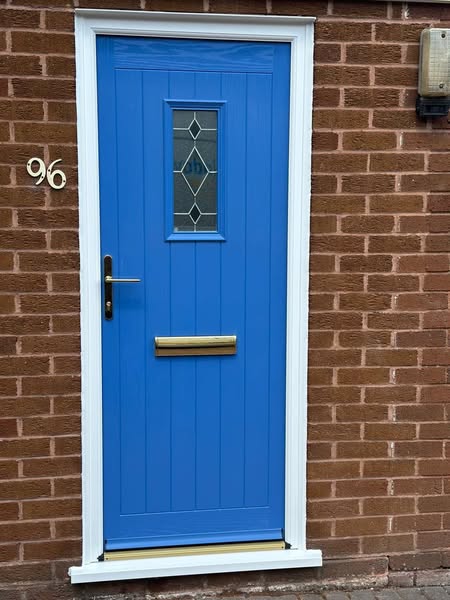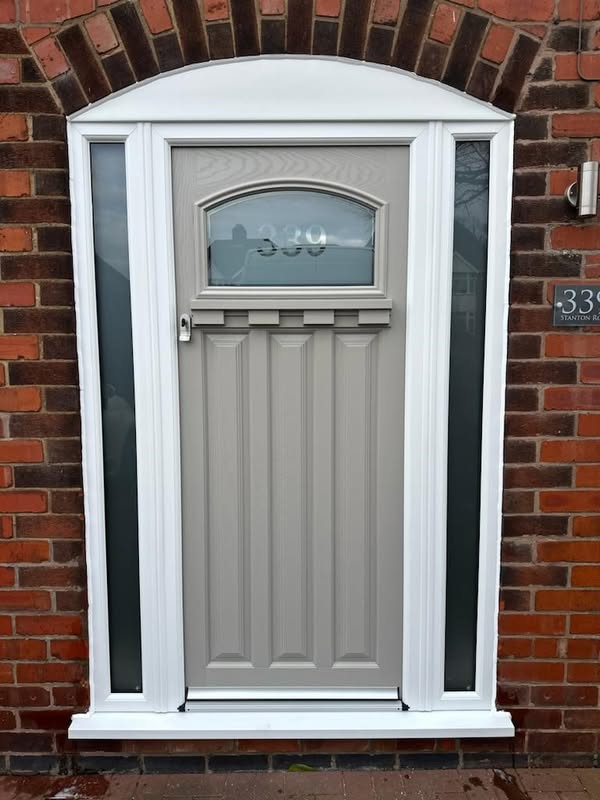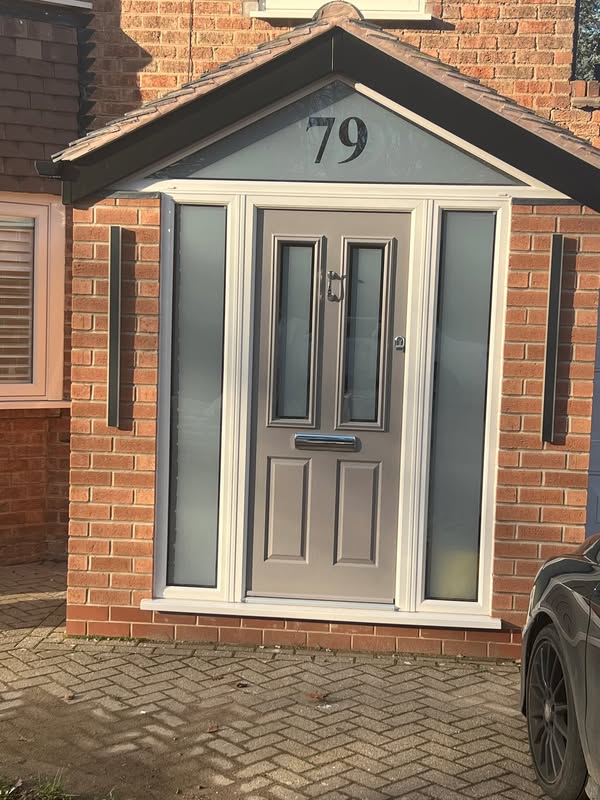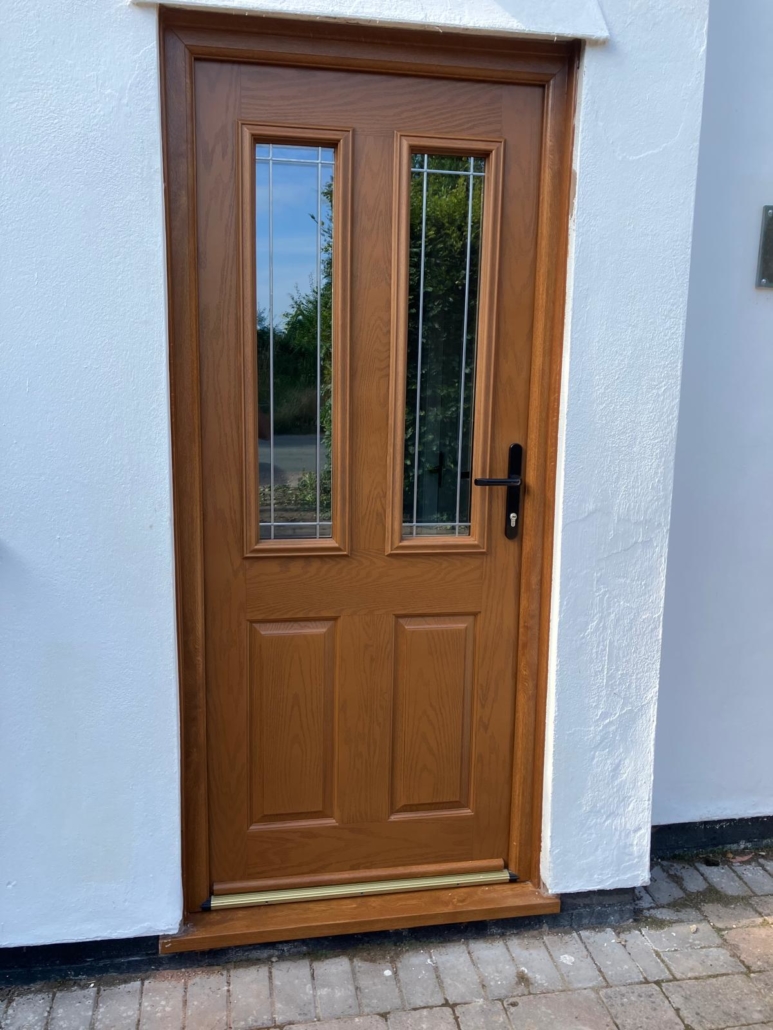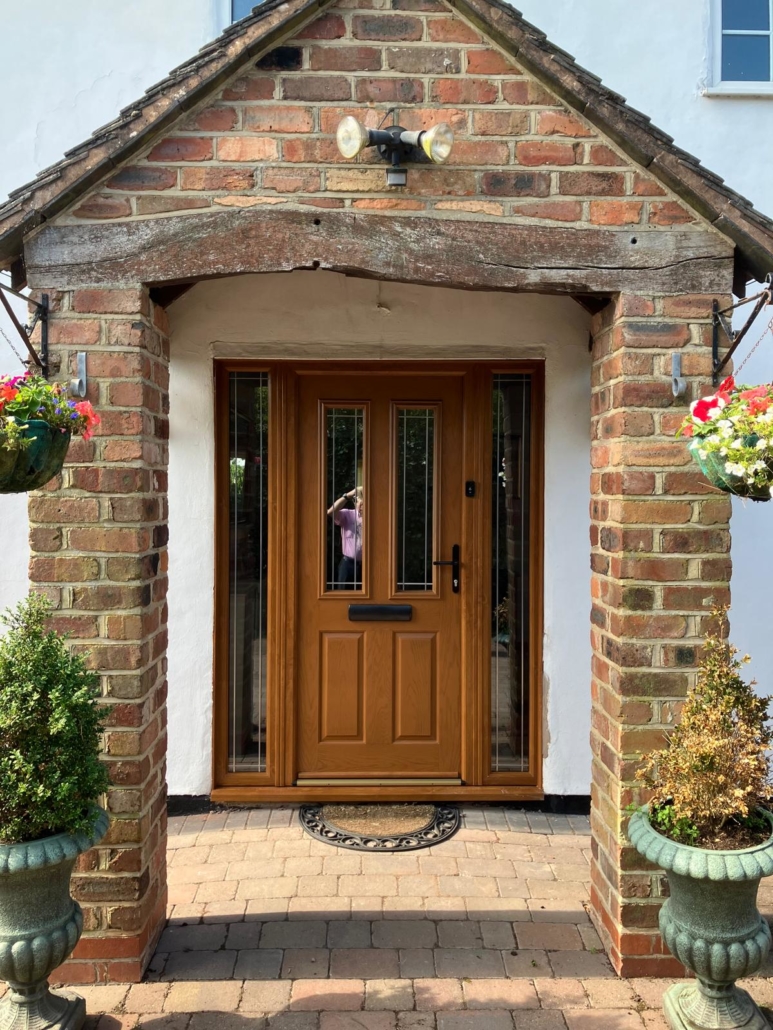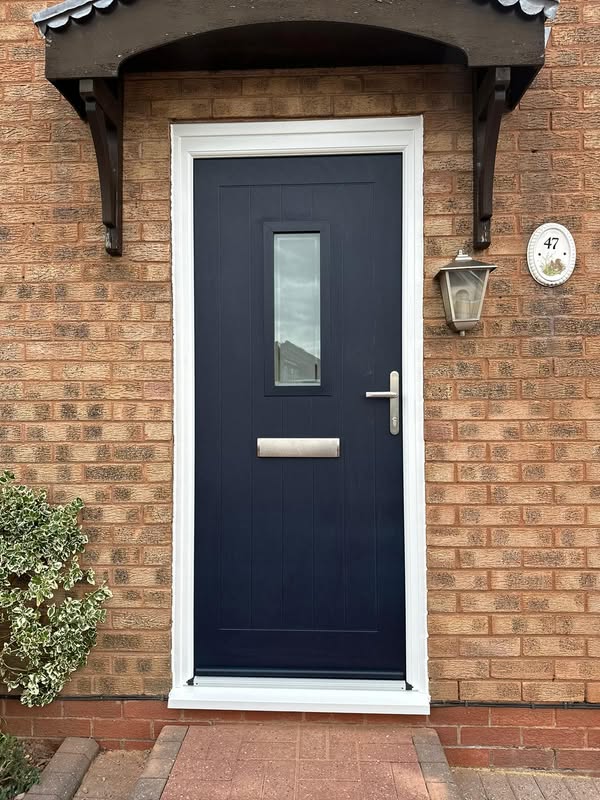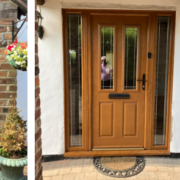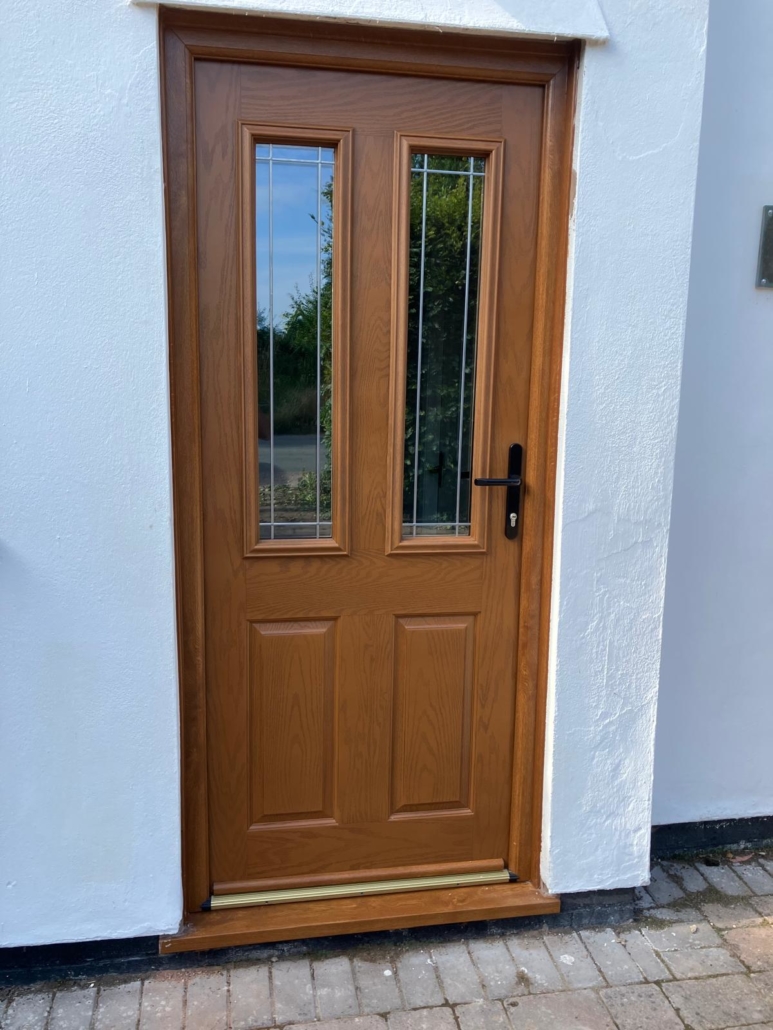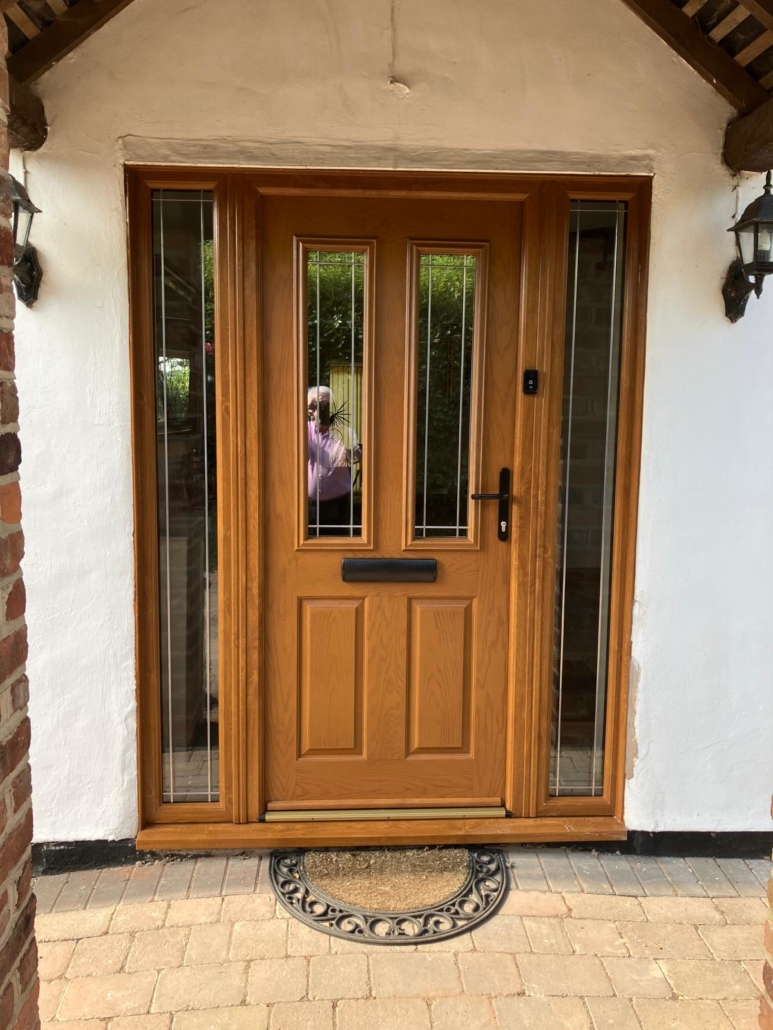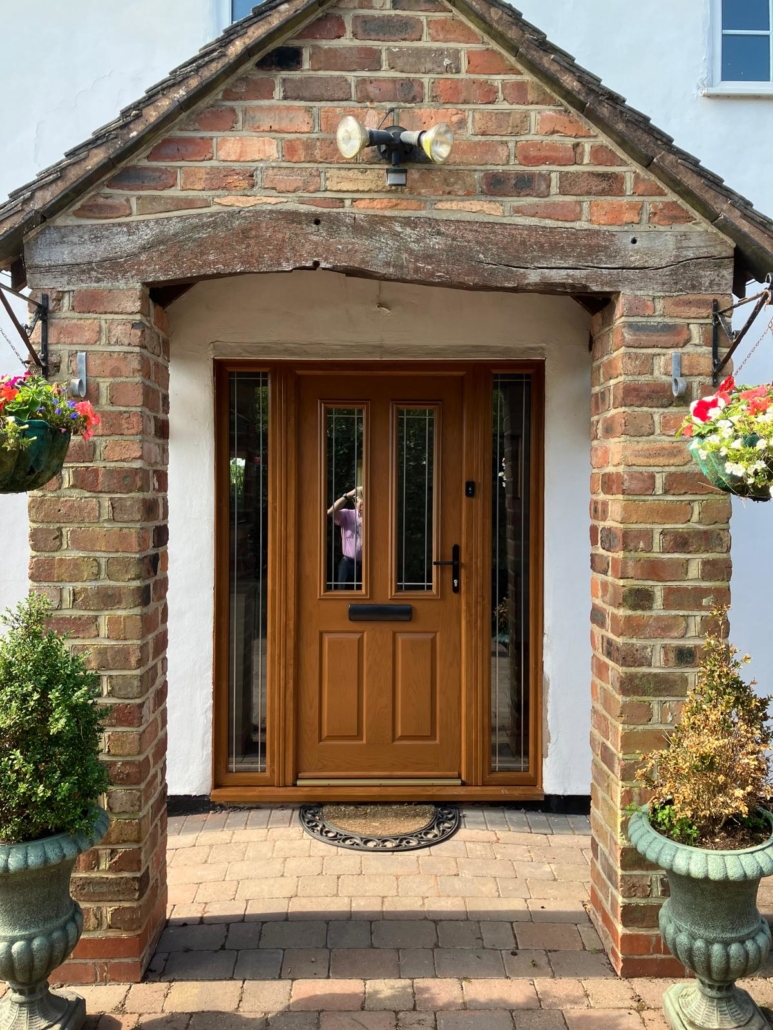What Are French Doors?
Benefits, Features & Where to Use Them
Open up your home with timeless style and natural light.
If you’re planning a home renovation or looking for a stylish way to connect your indoor and outdoor space, French doors are a classic and elegant solution. But what exactly are French doors — and why are they such a popular choice among UK homeowners?
At Select Windows, we specialise in helping customers choose the perfect doors for their homes. Here’s everything you need to know about French doors, including what they are, how they work, and their many benefits.
What Are French Doors?
French doors are a type of double door that open outwards or inwards from the centre. They’re typically made of large panes of glass and framed in uPVC, aluminium, or timber, letting in plenty of natural light and creating a seamless link between indoor and outdoor living spaces.
Originally designed in 17th-century France to let in more light, this timeless design is still hugely popular today — offering a blend of practicality, beauty, and natural light.
Key Features of French Doors
- Double-door design – opens from the centre with no central pillar
- Large glass panels – perfect for brightening up a room
- Can open inwards or outwards depending on your space
- Available in uPVC, aluminium or timber frames
- Secure locking mechanisms with multi-point locking as standard
- Suitable for external or internal use
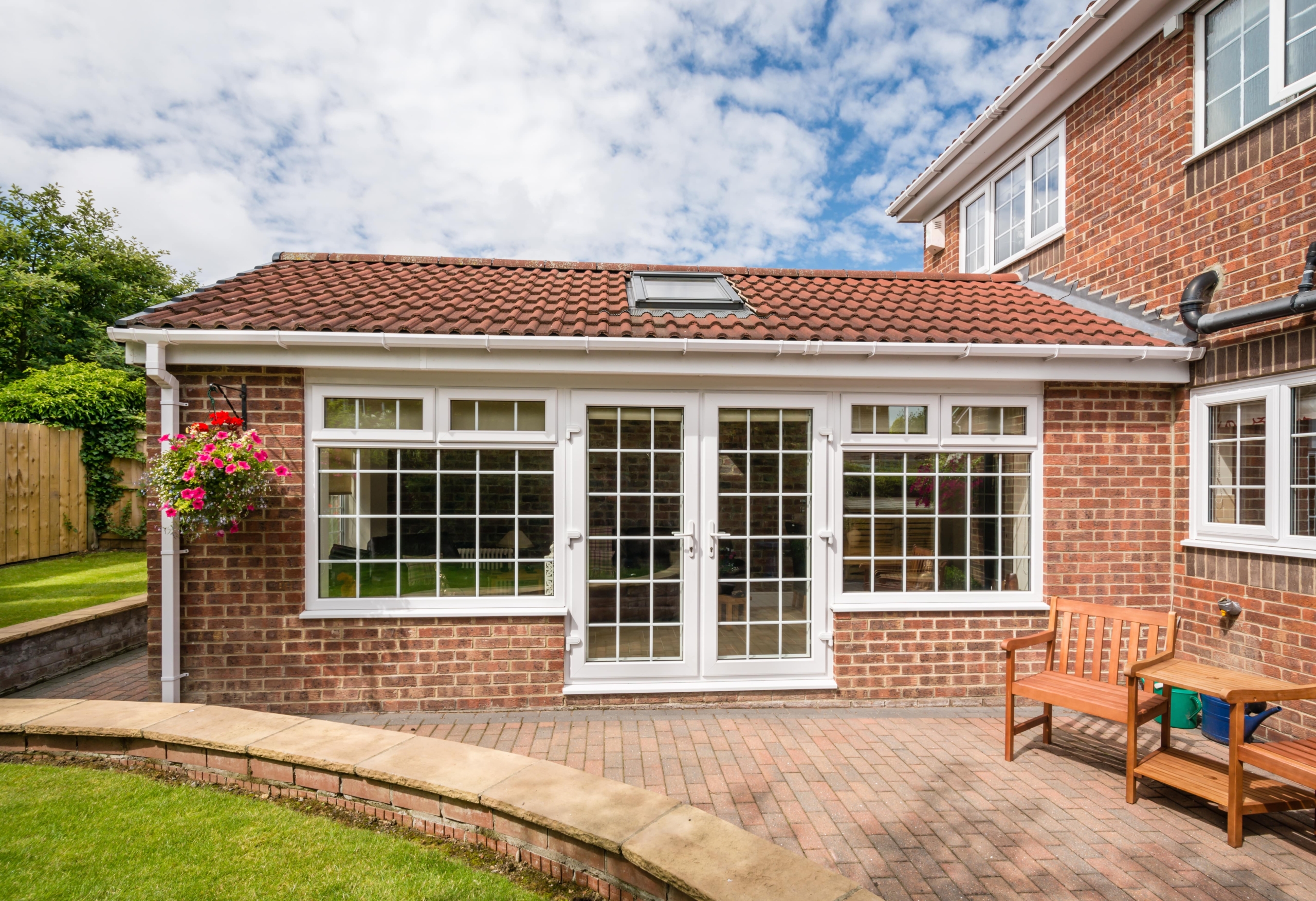
Benefits of French Doors
Here’s why so many UK homeowners choose French doors:
1. More Natural Light
The large glass panels flood your space with daylight — ideal for kitchens, dining rooms and conservatories.
2. Elegant Aesthetic
French doors add a touch of charm and sophistication to both period and modern homes.
3. Indoor-Outdoor Living
They create a smooth transition between your garden and home, perfect for summer barbecues, family gatherings, or simply enjoying your view.
4. Energy Efficiency
Modern French doors come with double or triple glazing and excellent insulation, keeping your home warm and energy bills down.
5. Improved Ventilation
You can open one or both doors to let in a breeze and fresh air whenever needed.
Where Can You Use French Doors?
French doors are incredibly versatile. Here are the most popular placements:
- From your living room or kitchen to the garden or patio
- As interior doors between two rooms, such as a conservatory and lounge
- On balconies or Juliet balconies, particularly for upstairs bedrooms
- In extensions or garden rooms for a luxurious finish
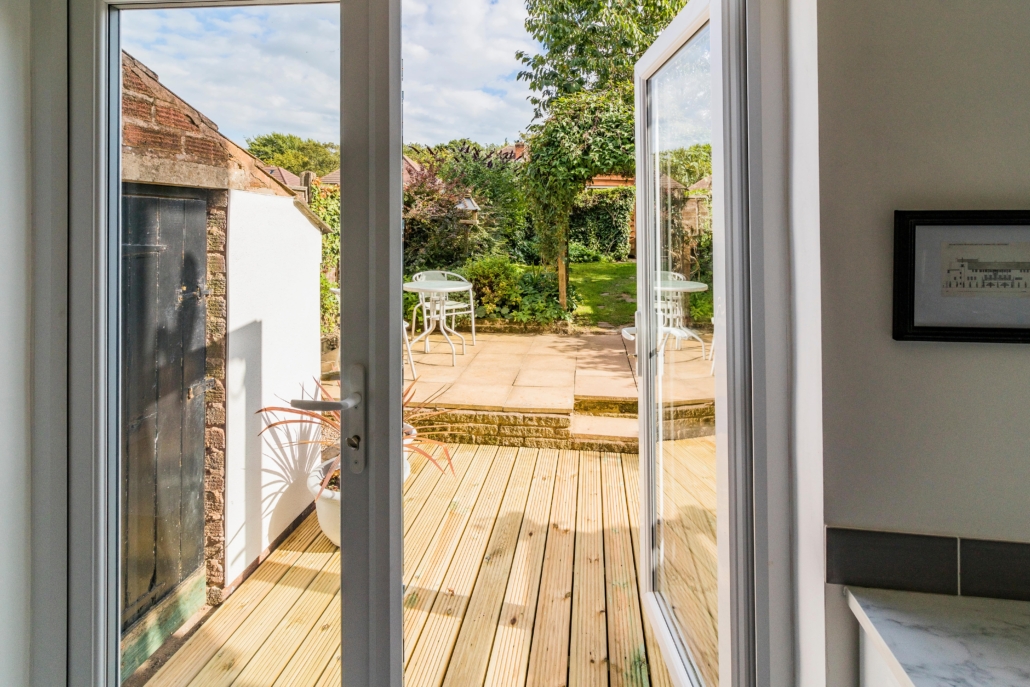
What Are French Doors Made Of?
At Select Windows, our French doors are available in a variety of materials:
- uPVC French Doors – low-maintenance, budget-friendly and energy-efficient
- Aluminium French Doors – strong, slimline, and ideal for modern homes
- Timber French Doors – perfect for traditional or period properties
All options come in a wide range of colours, finishes and glazing styles to suit your home.
Are French Doors Secure?
Yes – modern French doors are built with high-security multi-point locks, toughened safety glass, and optional laminated or triple-glazed upgrades. With Select Windows, you don’t have to compromise on safety or style.
French Doors from Select Windows
We offer a range of bespoke French doors designed to fit your space, lifestyle, and budget. Whether you’re going for modern minimalism or classic charm, we’ll help you find the perfect fit — with expert installation and outstanding customer service.
Thinking About Installing French Doors?
Ready to transform your space with light, style and easy access to the outdoors?
📞 Contact Select Windows today for a free consultation and no-obligation quote. Our experienced team is happy to guide you through every step.

